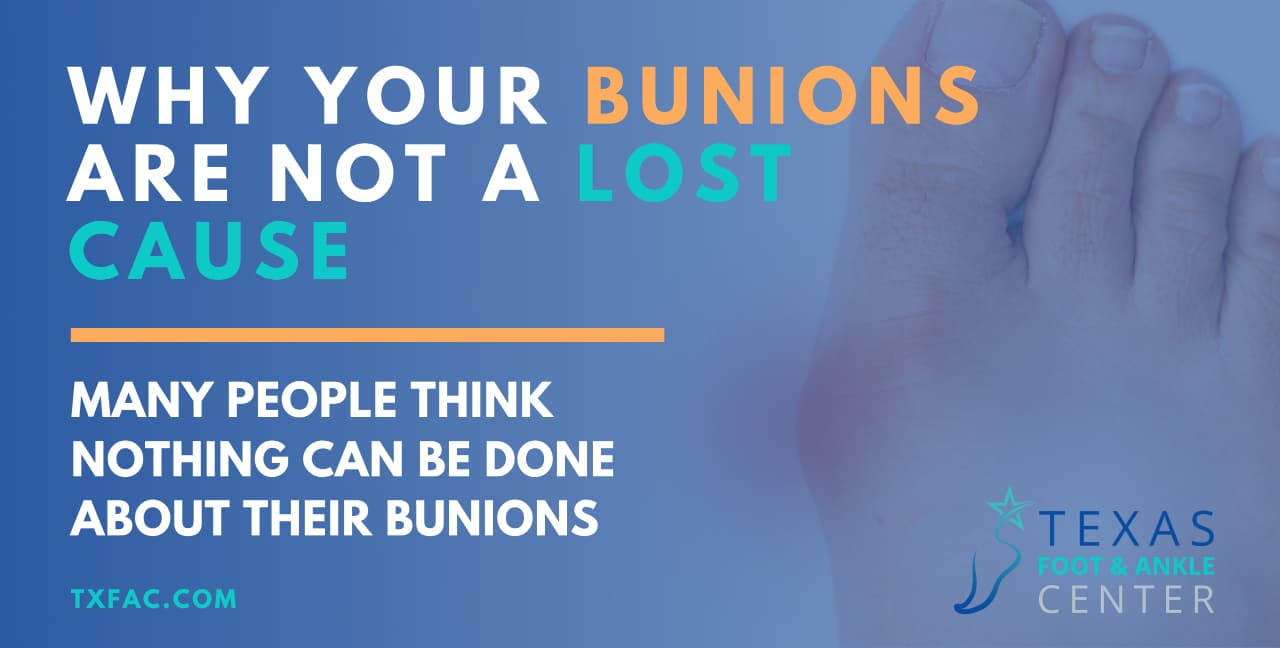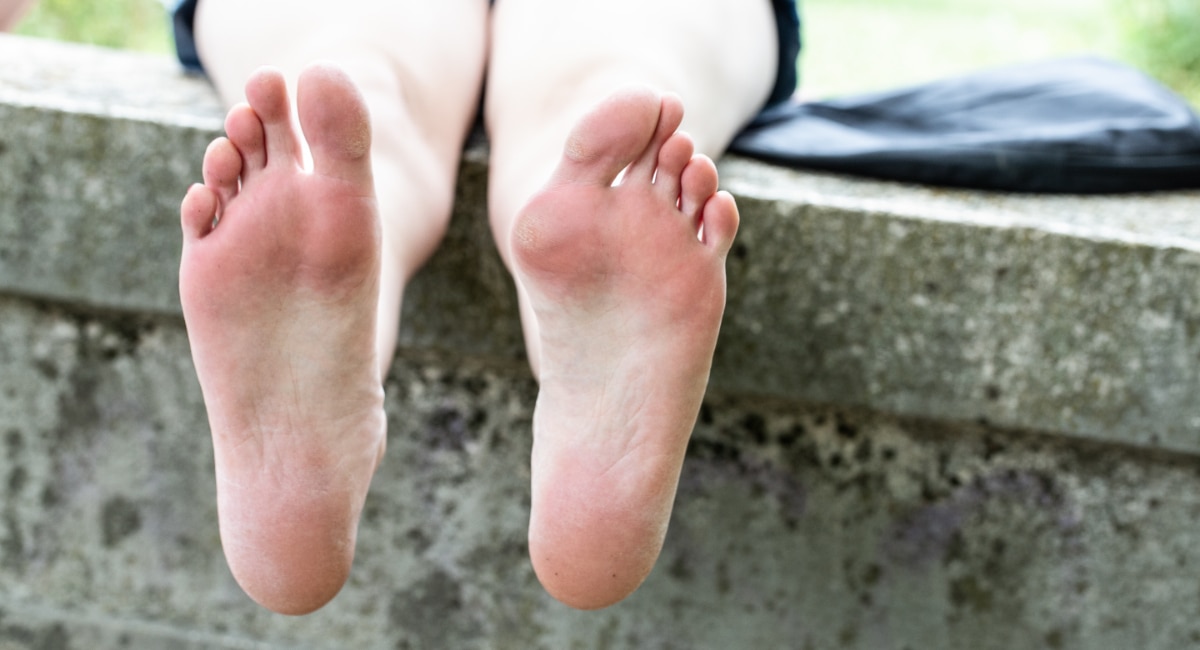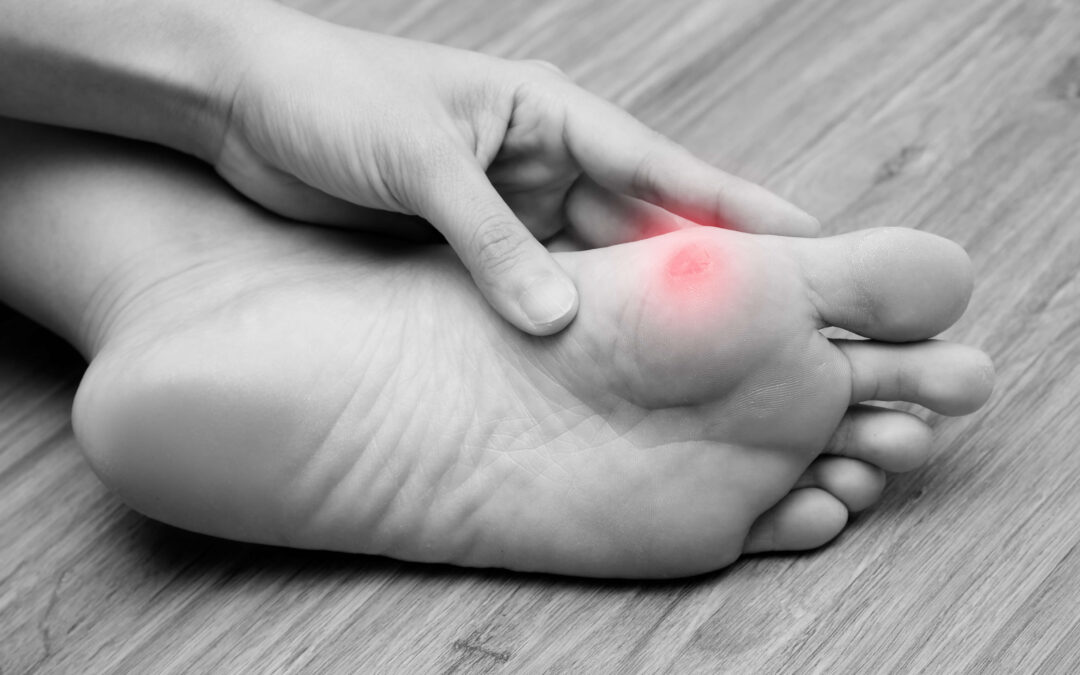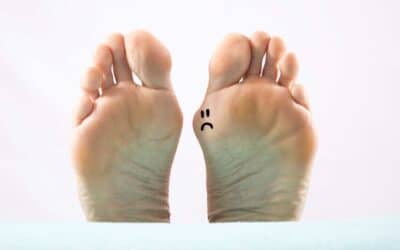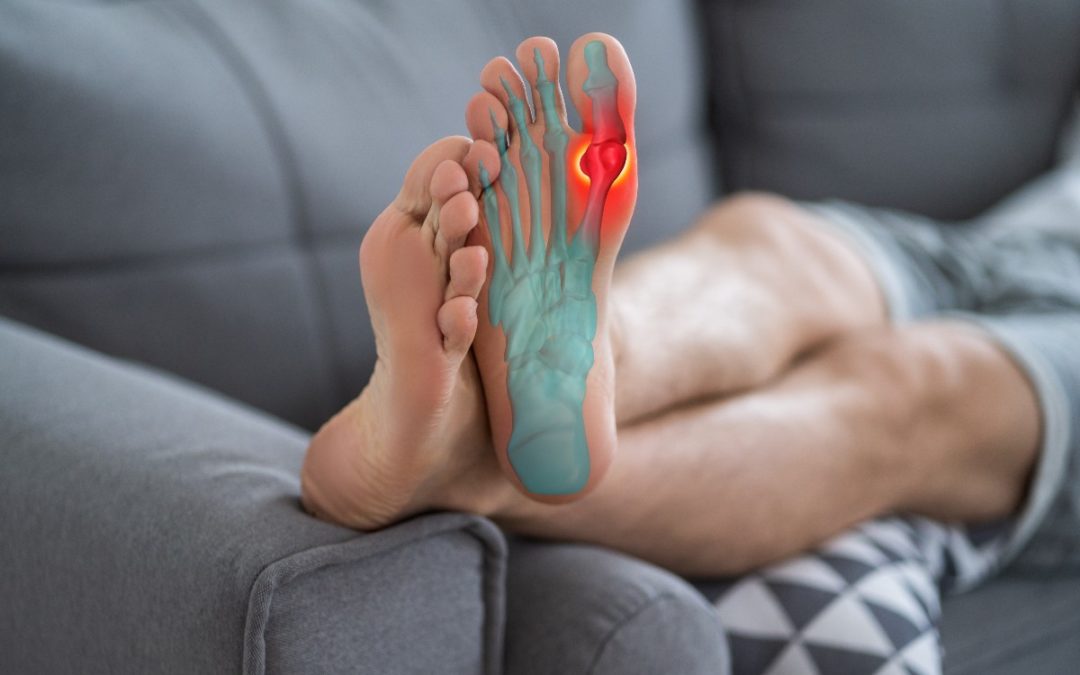A bunion is a condition that tends to leave its own (unwanted) legacy.
You may have bunions run deep through your family line. You may have had your own bunion for years or even decades, living with the discomfort and inconvenience as it grows slowly larger and worse over time. They’re never something that will just go away overnight, no matter how badly you want them to.
Under these circumstances, it’s easy to understand why so many people just sort of “give up” on trying to do anything about their bunions. The reasoning often goes one of a few ways:
- “I’ve had this thing for way too long. There’s nothing that can be done.”
- “It’s just a family curse. Gotta live with it.”
- “I deserve this for wearing nasty high heels all my life.”
- “The only thing that can help is surgery, and I don’t want that!”
If any of these thoughts are dictating your approach to bunion treatment, you aren’t getting the full (and often brighter) picture! You should never avoid seeking help for a bunion, and you might be surprised at how much better you may feel by doing so.
Busting Up the Idea of Bunion Surgery
Let’s take a closer look at some of those negative ideas up above, and why they don’t hold much water.
Many of them revolve around the implication that the only treatment for a bunion is getting rid of it for good; a full correction of the deformity.
However, in many cases, a full correction is not necessarily the primary goal.
The only thing that can completely “eliminate” a bunion is bunion surgery, but that is often not the best way to address a patient’s symptoms, if it can be helped.
True, some people have a bunion that is so severely advanced that no other attempts to provide comfort and relief work. In those cases, surgery might actually be the only realistic option. However, the goal here is still not the cosmetic repair of the bunion, but to address the other outlying symptoms.
Even when surgery manages to place the big toe back into its standard position, that does not mean the causes responsible for the bunion are gone. The initial imbalance in the joint and its surrounding elements may still remain, and it is not uncommon for a bunion to begin forming again in the future.
The primary goals of treating a bunion will always be:
- Relieving a patient’s pain and comfort as well as possible.
- Slowing or preventing further progression of the bunion.
These goals can often be achieved via conservative (non-surgical) methods, and we will consider those first when recommending a treatment plan for you.
You Don’t “Deserve” Your Bunions
There is a lot of stigma against high heels and tight shoes when it comes to bunions.
We’re not here to defend that kind of footwear. They really can be murder for your feet in a variety of ways! But when it comes to causing your bunions? That is highly debatable.
Instability in the metatarsophalangeal (MTP) joint is ultimately responsible for the big toe shifting and the joint starting to jut out. This mostly results from natural abnormalities in the connective tissues that surround and support the joint. The ligaments may not be strong enough to keep the joint properly in place, for example.
Such abnormalities tend to be genetic, which is why you see bunions run in families. In rarer cases, a previous injury to the toe may have established a weakness around the joint.
Tight and high-heeled footwear is arguably not going to create this sort of imbalance—but that doesn’t mean it’s off the hook entirely!
While shoes that create pressure toward and around the front of the foot may not cause bunions, they can definitely make an existing case of bunions worse! Think of it like leaning on and wiggling a loose fence post; it’s not helping anybody.
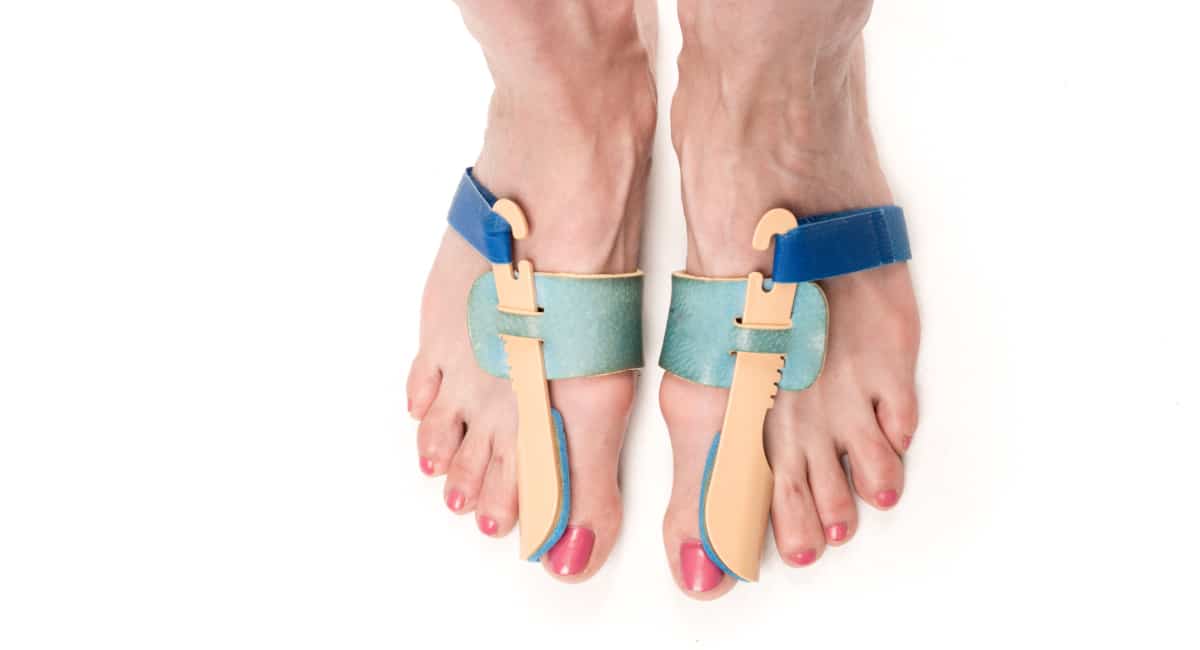
Making Your Bunion Situation Better
The simple truth is that, the earlier a bunion is diagnosed and addressed, the more effectively symptoms tend to be relieved, and the easier it is to help prevent the bunion from becoming worse.
That said, even bunions that have been around forever and a day are not a lost cause. Many conservative treatments may still bring significant relief of pain, discomfort, and secondary problems such as calluses.
Such forms of treatment may include:
- Changes to more accommodating footwear.
- The use of custom orthotics to take excess pressure off the MTP joint.
- Braces and splints to provide more toe room and help relieve pain.
- Exercises and stretches that can help strengthen and condition connective tissues surrounding the joint.
But if surgery does end up being the ultimate consideration, we will be sure to fully discuss all of your options and what to expect, so you can make a decision on how to move forward that best suits your needs.
Do Not Deny Yourself of Needed Relief
While it might not always be the best route to eliminate a bunion entirely, it’s even worse to do nothing about it whatsoever!
Dr. Babich and Dr. Kinberg and the rest of the staff at Texas Foot & Ankle Center are all ready and happy to help patients with bunion problems, no matter how long they have had them. Call our Dallas office at (214) 660-0777 to schedule an appointment, or fill out our online contact form to have a member of our staff respond to you.
